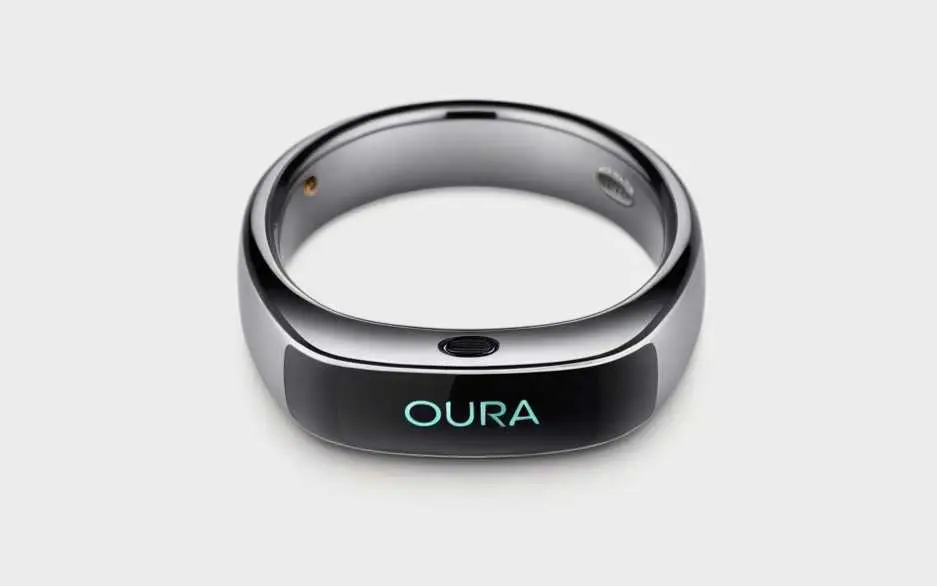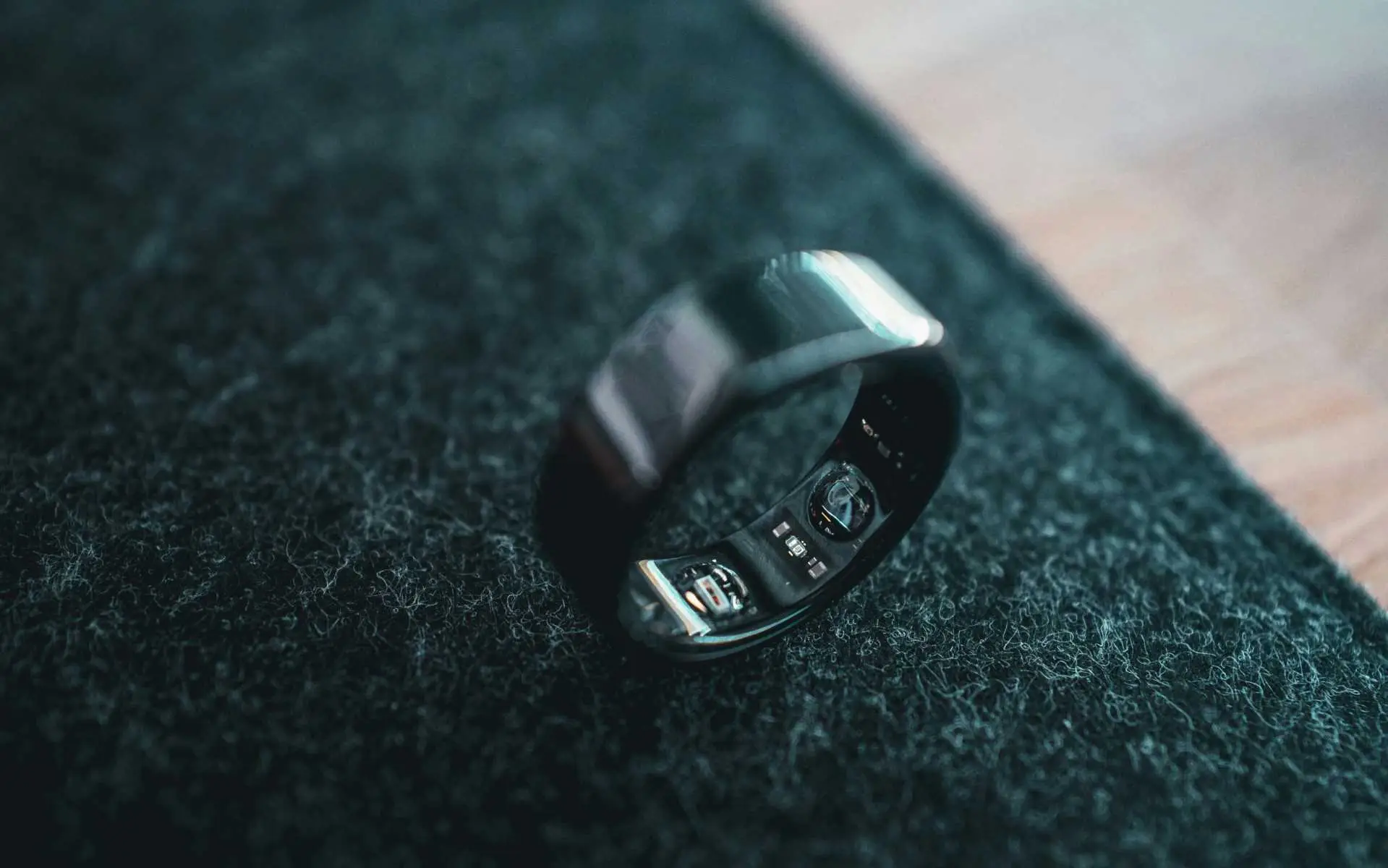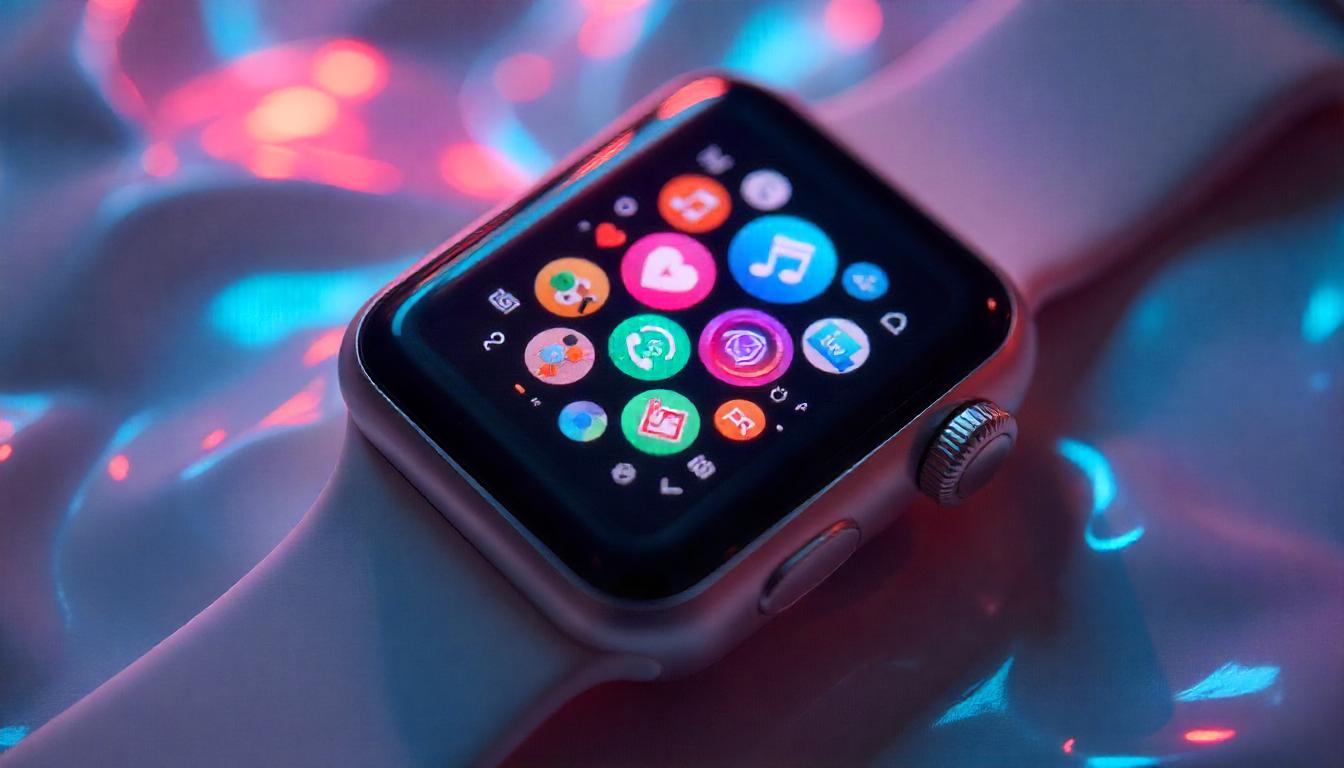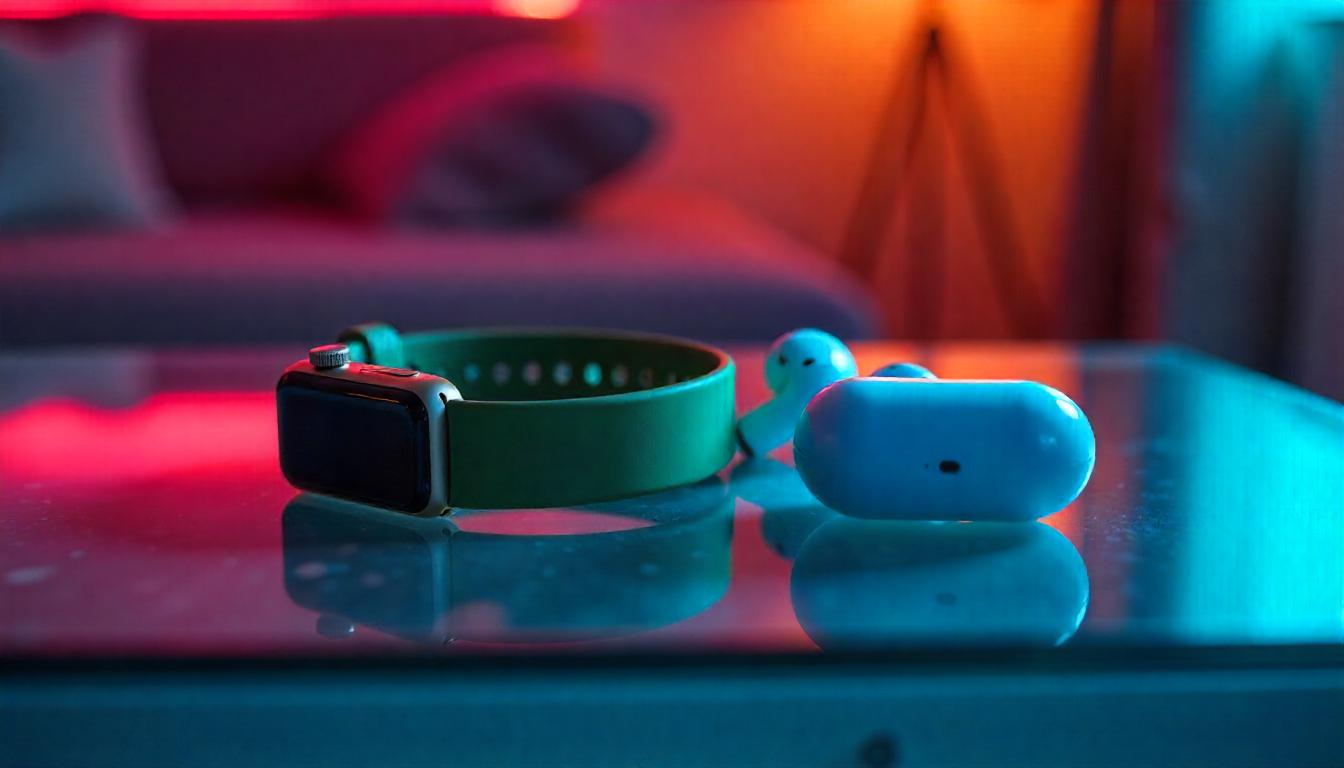Unlike traditional fitness trackers, a smart ring is a compact, seamless wearable device that records and monitors your health metrics in real-time keeping you well-informed as you go about your day.
Ever since smartwatches brought wearable technology into the picture, demand for even more discreet and convenient devices grew in the 2010s, highlighted by the emerging wrist technologies showcased by smartwatches & fitness trackers alike.
In this article, we will dive into what smart rings are, their core concept, how they work, and a brief history of these devices.
What is a “Smart Ring”?
A Smart Ring is a compact and sleek device that is designed to fit on your finger like a traditional ring, although it may look like a normal ring, a smart ring has sensors that are capable of monitoring your health and activity, and it comes equipped with features like heart rate monitoring, step tracking, sleep analysis, and sometimes even blood oxygen or temperature measurement.
Unlike mainstream wearables like smartwatches, a smart ring doesn’t need or have a display rather you sync it with your smartphone via BlueTooth (e.g. Google Fit or Apple Health apps), where you can view detailed health and activity data there where you can view your personalised feedback on that data occasionally.
Their main winning point is that they are designed for all-day water-resistant wear,
History
Early smart rings focused on basic notifications, such as alerts for calls and messages, leveraging BlueTooth connectivity. As technology evolved, activity rings began incorporating health-tracking capabilities (step counting and heart rate monitoring). Companies like Oura (founded in 2013) and Motiv introduced rings that could monitor sleep patterns and fitness metrics.
Over the years, advancements in sensor technology and battery efficiency allowed for even more accurate data collection and analysis, and the introduction of even more convenience, like contactless payment and remote control for intelligent appliances.
How Do Smart Rings Work?
Smart rings have small sensors fitted into their tiny form, such sensors are brand and model-specific, but here are some examples of common sensors found on them:
On-board sensors
- Accelerometer: Tracks movement to measure steps, activity, and sleep.
- Gyroscope: Works with the accelerometer for precise movement tracking.
- Infrared Photoplethysmography (PPG) Sensor: Detects changes in blood flow to monitor heart rate and other metrics.
- Electrodermal Activity (EDA) Sensor: Measures skin conductance as a stress indicator (rare).
- ECG Sensor: Captures electrical signals from the heart to assess heart health (limited to certain models).
- NFC: Allows the smart ring to make contactless payments, access digital locks, or share data with compatible devices.
- Pulse Oximeter (SpO₂ Sensor): Measures blood oxygen levels.
- Thermistor Sensor: Monitors body temperature, often for sleep and wellness insights.
What can smart rings do?
A Smart ring’s features vary and depend on the brand and model, if your device doesn’t have any one of these features the manufacturer hasn’t included them, so be sure to check the product specifications before you make a purchase. Here are some common features:
- Heart Rate Monitoring: Measure your resting and active heart rate.
- Sleep Tracking: Analyse sleep stages (light, deep, and REM) and total sleep duration.
- Activity Tracking: Track steps, distance, and calories burned throughout the day.
- Body Temperature: Monitor variations in body temperature, often while you sleep.
- Blood Oxygen (SpO₂) Monitoring: Measure blood oxygen levels, which can indicate respiratory health.
- Stress and Recovery Analysis: Use heart rate variability (HRV) to gauge stress levels and recovery readiness.
- Respiration Rate: Track your breathing rate, often during sleep.
- Caloric Expenditure: Calculate calories burned based on activity level and metabolic rate.
- Mood and Readiness: Evaluate your daily readiness based on sleep, activity, and recovery metrics.
- Contactless Payments: Certain models support NFC payments, allowing you to pay with just a tap.
- Alerts and Notifications: Provide vibration alerts or lights for calls, messages, and other smartphone notifications.
- Hydration and Diet Reminders: Some rings can be set to remind you to drink water or eat regularly.
“Health apps” and their connectivity
Certain apps can be synced with your smart ring, For example, Google Fit or Apple Watch apps can be used to transfer existing health data offering a more consolidated view of your health data.
Apps connect to your smart ring via BlueTooth and display the data collected by the ring’s sensors. Although it depends on the brand. Each ring brand has its own dedicated app that syncs with the device to offer personalised insights and recommendations.
Is The Ring As Good As a Smartwatch?

Smart rings cater to users who prioritise comfort, subtlety, and core insights, while smartwatches are preferred by those who want a more feature-rich device that has similar functionalities to a mini-smartphone.
Advantages
Smart rings hold value due to their compact design and powerful tracking capabilities.
The main advantage of owning a smart ring is the small form factor that makes them comfortable and discreet, which allows continuous wear without interference.
Another key benefit is their extended battery life, Because they lack screens and rely solely on compact sensors. Smart rings may need your phone to display data but are completely functional without it.
In a study conducted to test the accuracy of the Oura smart ring against medical-grade Electrocardiography, the researchers concluded that:
“The Oura Ring could accurately measure nocturnal HR and RMSSD in both the 5-minute and average-per-night tests…”
This means that the Oura Ring could accurately measure your sleeping heart rate to an acceptable degree.
Disadvantages
Smart rings, while convenient and compact, come with several disadvantages due to their small form factor.
One such disadvantage is their battery life limitation, the small size allows a small battery often between 15mAh to 22mAh in capacity which will facilitate frequent recharge and discharge cycles impacting battery longevity.
Additionally, the lack of a display in many smart rings limits their functional use compared to smartwatches, they are best used as a complementary device for your smartphone and can’t do everything alone.
Fitting is another drawback, as you wear the ring you don’t want it too loose or too tight which is a challenge to determine your correct fit in online orders.
Why a Smart Ring Might Be a Good Choice For You

If you find portability, comfort, and subtlety your top factors in the wearable tech sector, you will find smart rings worth buying as a simple alternative to smartwatches.
The rings are meant to be minimalist and leave out many of the distracting features that smartwatches are known to have..
The choice ultimately depends on your need for either comprehensive interactivity or simple & subtle, all-day monitoring.
















